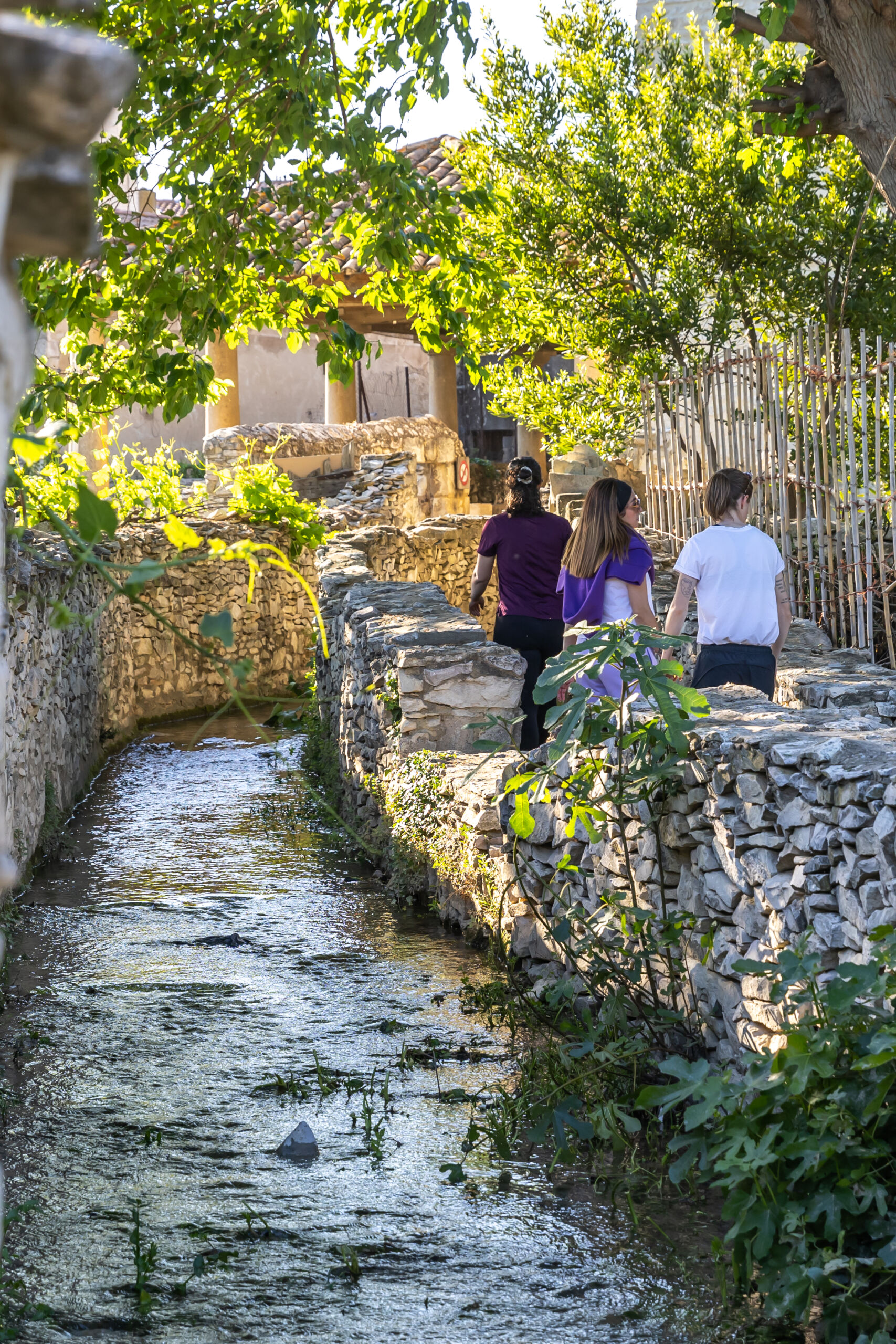
In Provence Occitane, nature isn’t just a backdrop: it’s an experience to be enjoyed to the full. Between wooded plateaux, deep forests, wine-growing hillsides and river valleys, it abounds in remarkable panoramas that immerse you in a landscape shaped by geological history, agriculture and the natural elements. This area of the southern Gard boasts a remarkable diversity of atmospheres: the freshness of the rivers, the scents of the garrigue, the undulations of the vineyards and the expanses of forest. Each valley, each mountain range, each hillside tells a unique story, to be explored on foot, by bike, or simply by taking the time to look around. We invite you to discover these remarkable panoramas of Provence Occitane and choose the one that suits you best, according to your pace and your desire to get away from it all. Are you ready? Take a deep breath. Enjoy. Observe. Enjoy!
Situated in the north of the region, the Ardèche Valley is the gateway to Provence Occitane, with its rugged landscape combining wooded plateaux, limestone cliffs and valleys carved out by the waters. It is one of the first areas of contact with the foothills of the Massif Central, in the immediate vicinity of the famous Ardèche Gorges. This area, which is both wild and easy to explore, reflects the natural dynamics of an area shaped by hydraulic forces. Water has sculpted the slopes, organised the plateaux and shaped the wooded areas that you can discover by walking or following the winding roads. Here, you can look far out over the steep-sided valleys, across a landscape that tells the story of an ancient landform that is still very much alive. It’s an ideal place to experience the original power of the land.
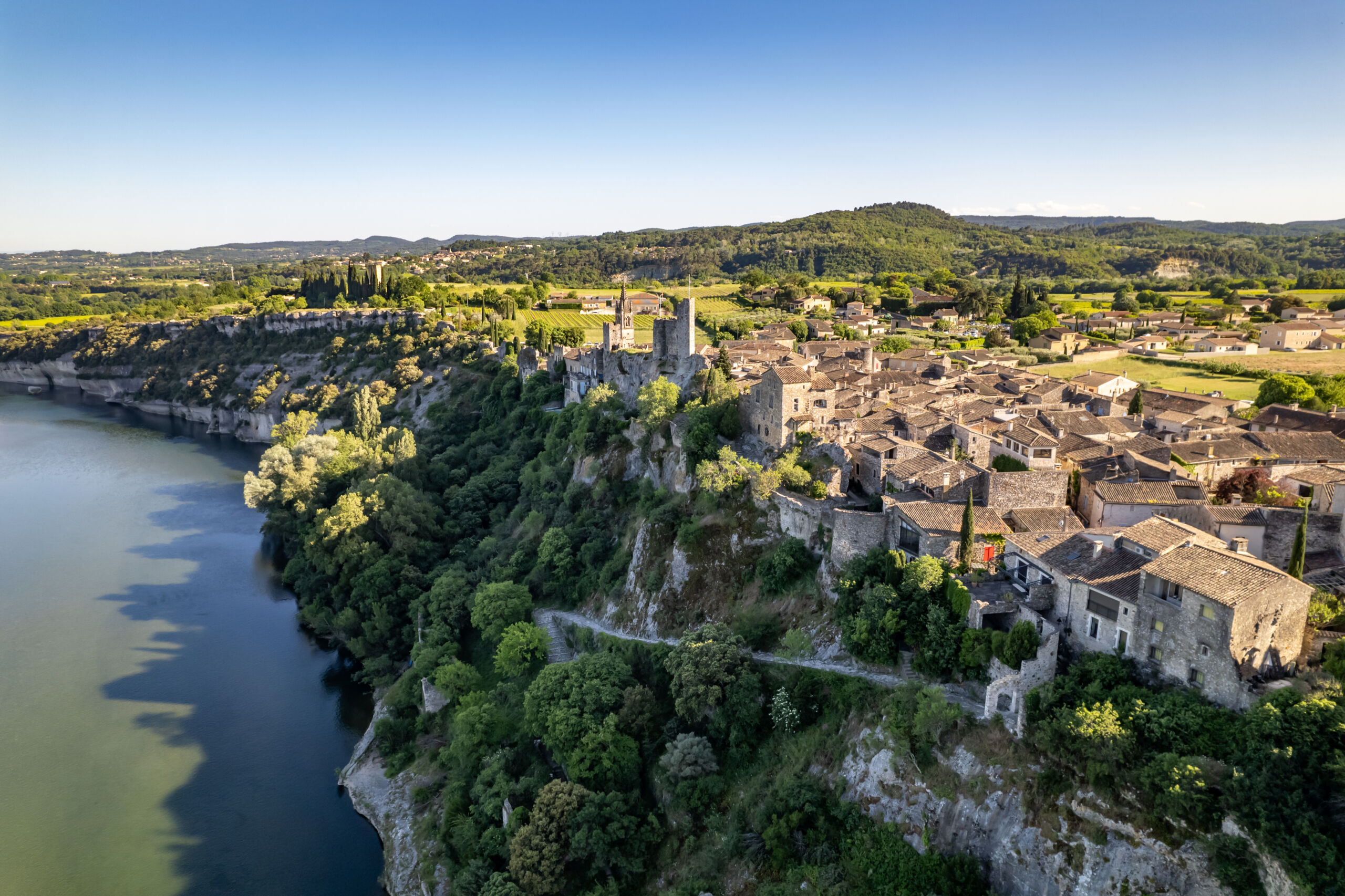
The Massif Forestier de la Valbonne stretches between Saint-Christol-de-Rodières and Saint-Alexandre, at the heart of a steep landscape where theArdèche to the north and the Cèze to the south meet. This unique landscape, carved out by the tributaries of the two rivers, is dominated by the Valbonne state forest, an area remarkable for its rich biodiversity. A rarity in the Mediterranean region, this forest is home to beech, downy oak and pine trees, as well as plant species such as lichens and mosses that reflect the coolness of the environment. It’s an area where you can walk in the shade, listen and slow down. The Chartreuse de Valbonne, nestling in the forest, adds a heritage and spiritual dimension to the experience. This massif is an invitation to calm, to walk slowly, to observe in silence a preserved ecosystem.

The Basse Cèze forms the geographical and human centre of Provence Occitane. Between Saint-Gervais to the west and Codolet to the east, this area is the territory’s main population centre. The river Cèze, which runs through the area from one end to the other, structures the landscape by forming a natural border between dry garrigues, pine forests and agricultural areas. This is an inhabited area, animated by villages, but which retains a strong vegetation framework and unobstructed views. Here, nature is part of everyday life: you walk through it on your way to the market, cycle along it, stop to breathe. This part of the area illustrates thebalance between living environment and natural heritage, where the river plays a structuring, peaceful and permanent role.
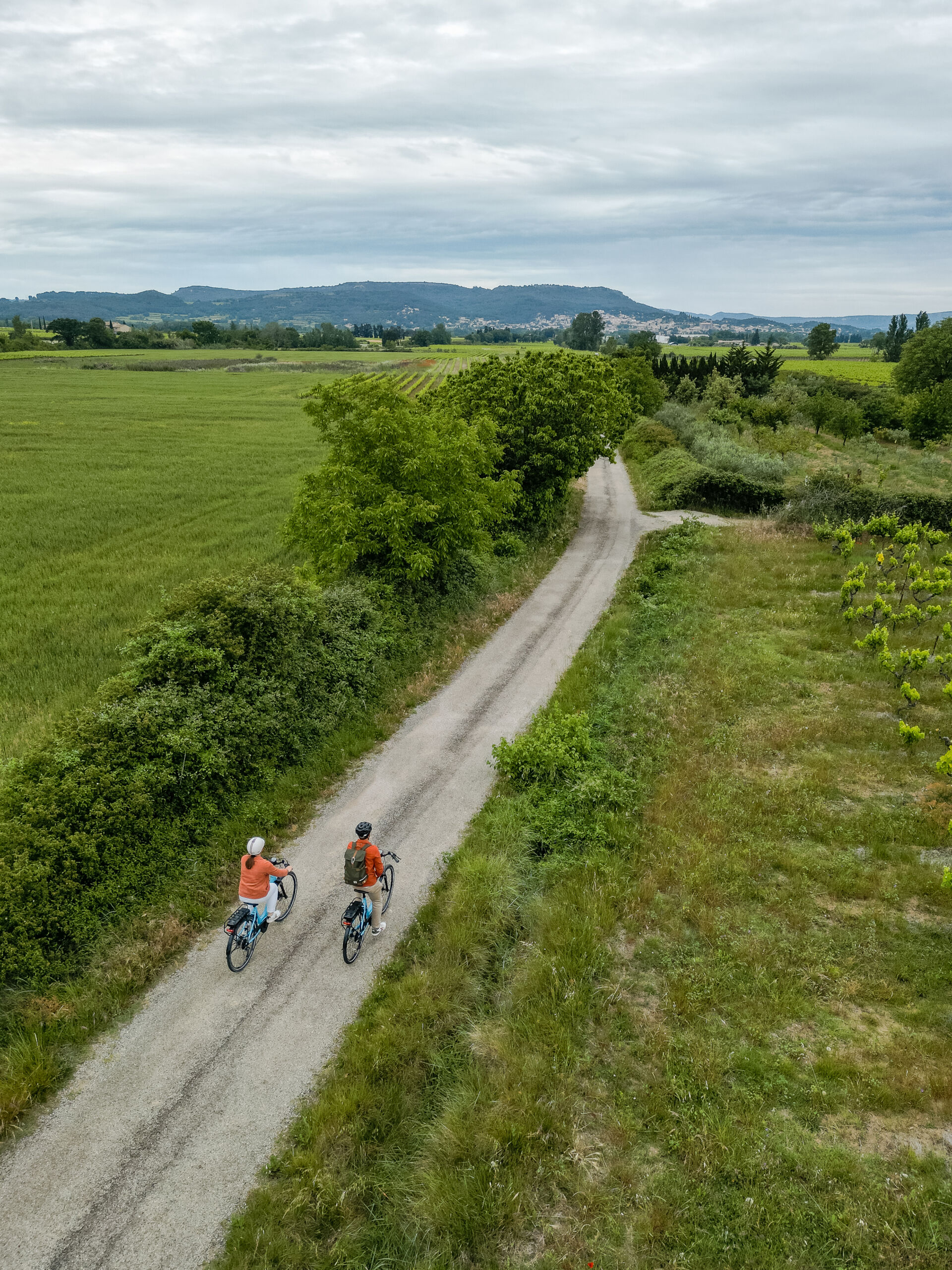
Between Saint-Michel-d’Euzet and Montclus, the Cèze Valley has a more rugged landscape, with gorges, limestone cliffs and slopes covered in Mediterranean vegetation. It’s here that the river takes on a different, more incised appearance, revealing slopes that are ideal for hiking and contemplation. Olive trees, lavender, pine and chestnut trees make up a mosaic of vegetation with warm, contrasting colours, typical of the south. Walkers will discover magnificent views over the meandering Cèze and the surrounding hilltop villages. This valley is a veritable natural corridor, to be explored on foot, by bike or even by canoe. It offers an image of Provence Occitane that’s wild, accessible and deeply southern in its atmosphere and fragrances.
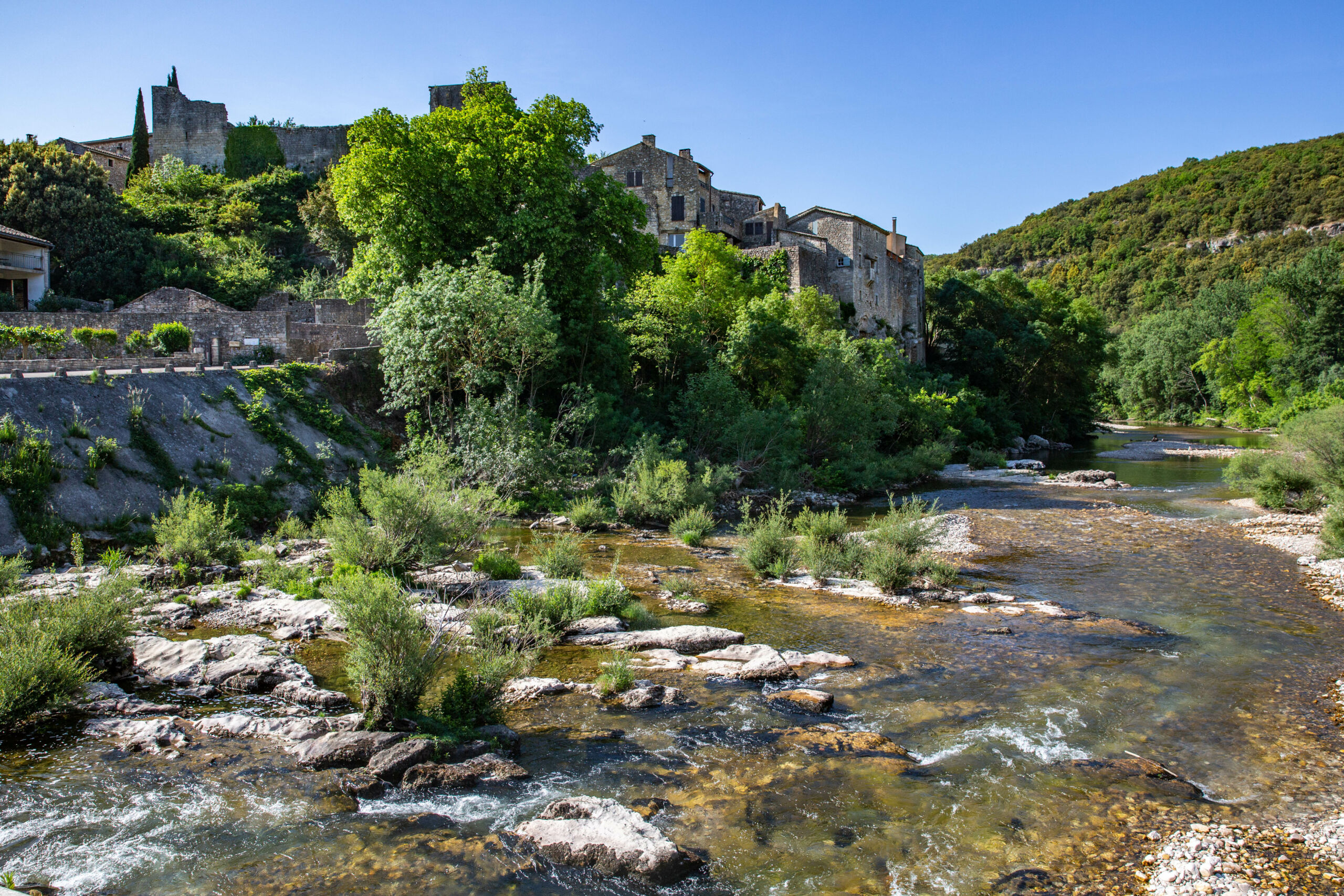
Between Verfeuil and Sabran, the “Espace des garrigues et des pentes de la Cèze ” reveals landscapes shaped by centuries of flowing river and its tributaries. On the right bank of the Cèze, wooded hillsides alternate with open areas of typical garrigue, with holm oak, juniper and aromatic herbs. The relief here is gentler than in the gorges, but just as expressive, with undulating shapes that invite you to take a stroll. These lands, long cultivated or grazed, bear the memory of a rural, Mediterranean landscape, where nature and man have long coexisted. Here, your gaze takes in soothing panoramas, and each step reveals a new detail of this land sculpted by water and time.
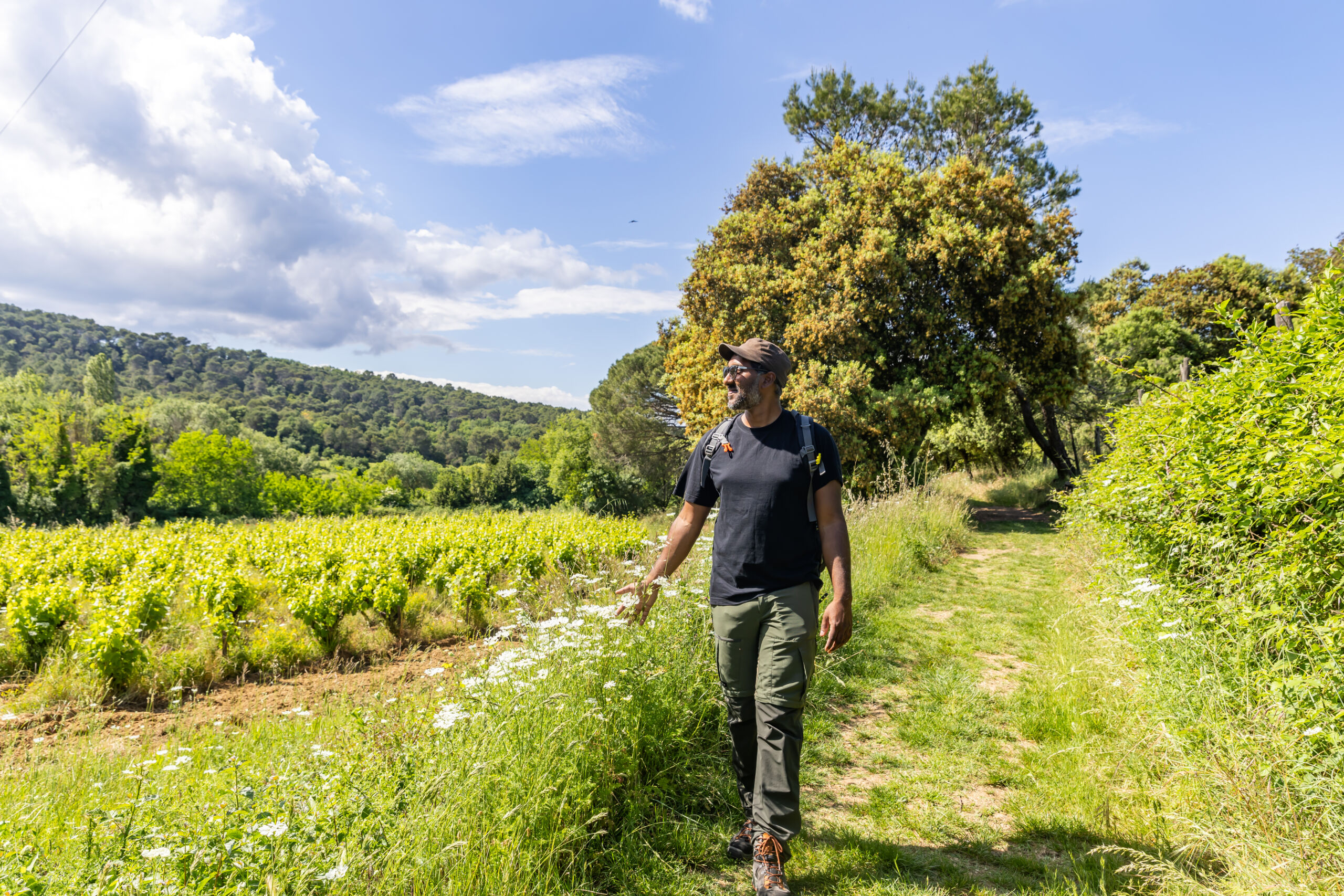
To the east, between Pont-Saint-Esprit and Montfaucon, lies the Rhône Valley, a vast river landscape with contrasting landscapes. This area is the natural shoreline of Provence Occitane, bordered by the waters of the Rhône, marked by the alluvial plain, the wind and the bright light. It’s an open land, criss-crossed by trade and culture. At the confluence of theArdèche and Rhône rivers, it also boasts a strong historical heritage, with the old bridge at Pont-Saint-Esprit, its religious buildings and its views over the river. A safe cycle route links Pont-Saint-Esprit to Saint-Étienne-des-Sorts, running alongside the Rhône and through sensitive natural areas. From Caesar’s camp, an orientation table offers a remarkable panorama, combining a historical perspective with a view of the valley. This part of the region expresses the strength and grandeur of the river landscape.
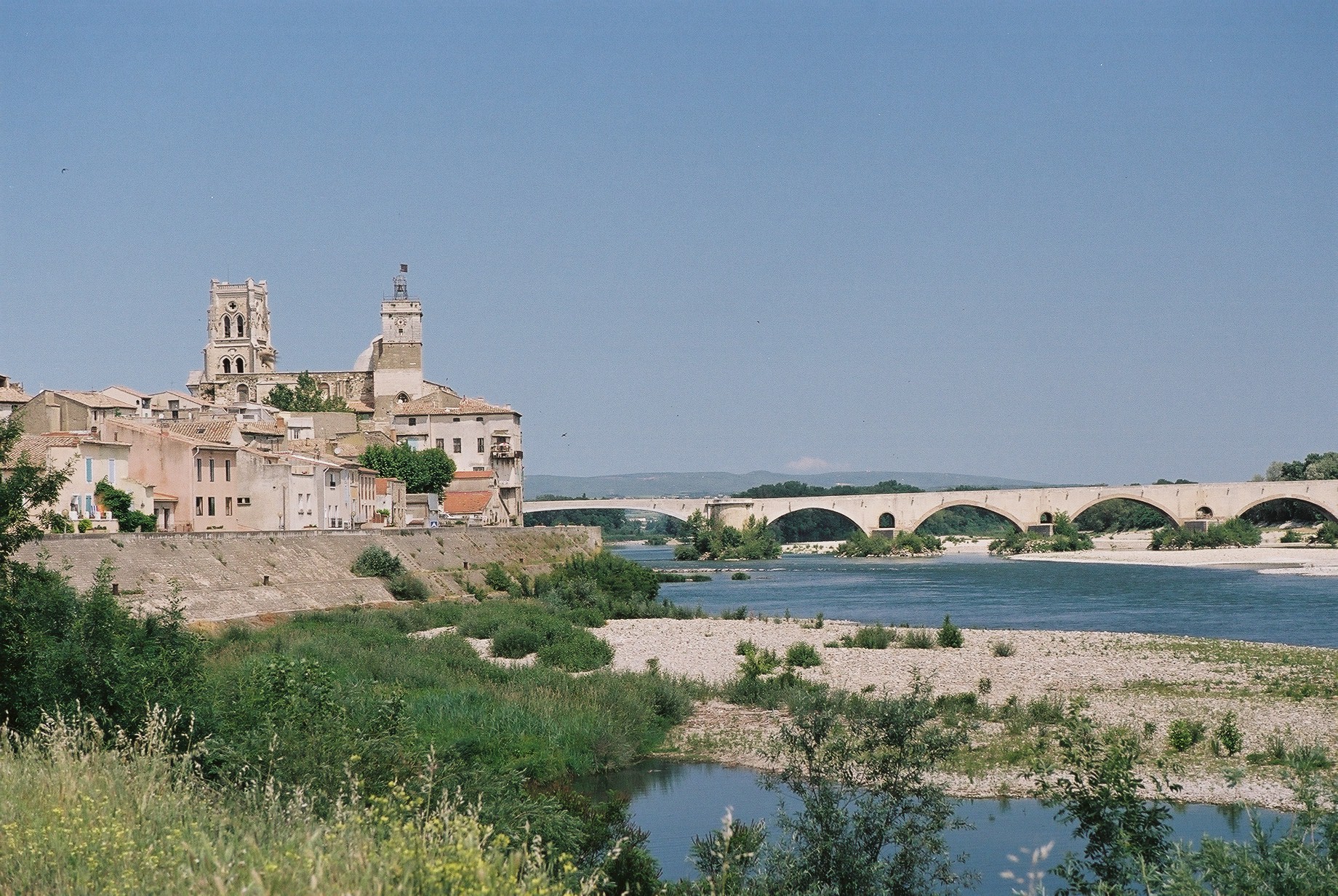
The Vallée de la Tave, between Cavillargues and Laudun-l’Ardoise, is characterised by its rural, structured atmosphere. Bordered by gentle hills such as the Lacau plateau, it is organised around the Tave, a discreet but essential river. This area is characterised by carefully tended agriculture, with alternating vineyards, orchards and traditional crops. The landscape is regular, legible and open, allowing a clear view of human activities. Theorganisation of the agricultural land and the efforts made to preserve hedges, ditches and wooded areas are clearly visible. It is an area of transition, between domesticated nature and wilder environments. A tour of this valley shows just how important agriculture is to the economic, landscape and culturalbalance of the region.
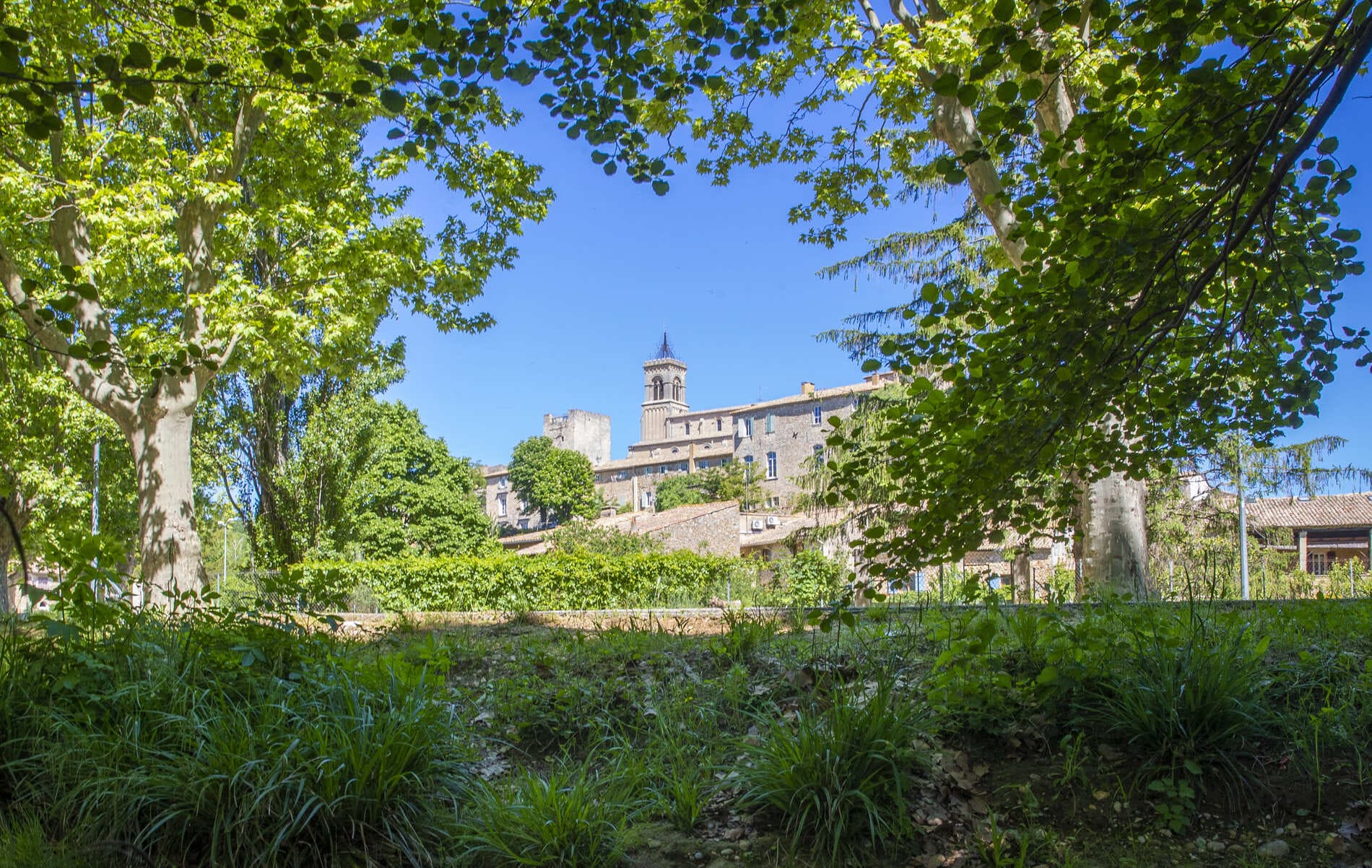
To the south, the Massif des Garrigues embodies the southernmost slope of Occitan Provence. Stretching between Le Pin, Tavel and the Montagne de Saint-Geniès-de-Comolas, it forms a landscape mosaic of open forests, dense garrigue and wine-growing plateaux.
This area is also marked by the Lirac and Tavel Appellations d’Origine Contrôlée, which give the landscape a rhythm of rows of vines, dry stone walls and small farm roads. It’s a living landscape, cultivated but profoundly natural.
